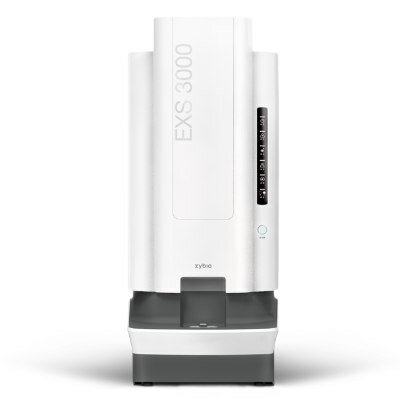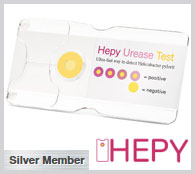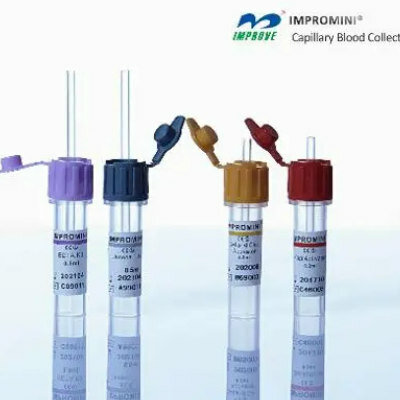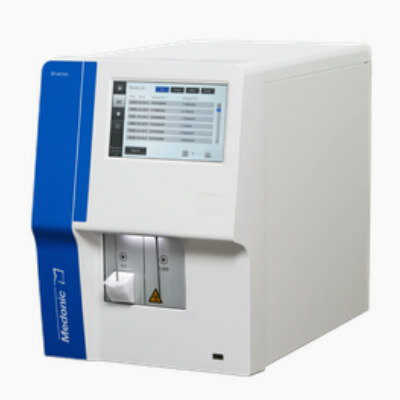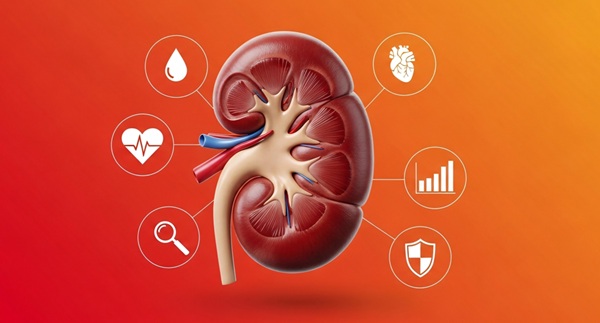Paper-Based Device Boosts HIV Test Accuracy from Dried Blood Samples
Posted on 25 Feb 2025
In regions where access to clinics for routine blood tests presents financial and logistical obstacles, HIV patients are increasingly able to collect and send a drop of blood using paper-based devices that absorb and preserve the sample for analysis in distant laboratories. While these devices have been beneficial for monitoring medication adherence and tracking disease progression, many of the most commonly used options do not regulate the amount of blood they collect, which can lead to inaccurate results regarding a patient’s infection. Recognizing this limitation, researchers have developed a new paper-based device with wax-printed patterns that form precise channels and collection spots, ensuring a consistent volume of blood is collected every time.
A team from Tufts University School of Medicine (Medford, MA, USA) collaborated with the National Institute for Communicable Diseases (NICD, Johannesburg, South Africa) to carry out a clinical pilot involving 75 HIV-positive patients in South Africa. The NICD provided valuable real-world data, enabling Tufts researchers to compare their plasma spot cards in a clinical environment where they would be actively used. The plasma spot card developed by Tufts' research team demonstrated a more accurate measurement of a patient’s HIV infection than the widely used Roche plasma spot card (90.5% vs. 82.7%).

Published in the Proceedings of the National Academy of Sciences, the study also found that the Tufts device was better at detecting drug-resistant viral mutations (63% vs. 42%), which can inform physicians about whether to continue or change a patient's medication regimen. The researchers are now working to expand the use of this technology by forming partnerships with laboratories and researchers both in the U.S. and internationally. They are also refining the device to improve its accuracy and functionality while progressing toward its commercialization.
“We intentionally focus on developing technologies that are simple, both in construction and operation,” said Charlie Mace, an associate professor at Tufts University’s Department. “Those kinds of restrictions can make research more difficult, but ultimately we believe in that approach, because simplicity should lead to accessibility and affordability, which are both clearly needed in health care.”
Related Links:
Tufts University School of Medicine
NICD




